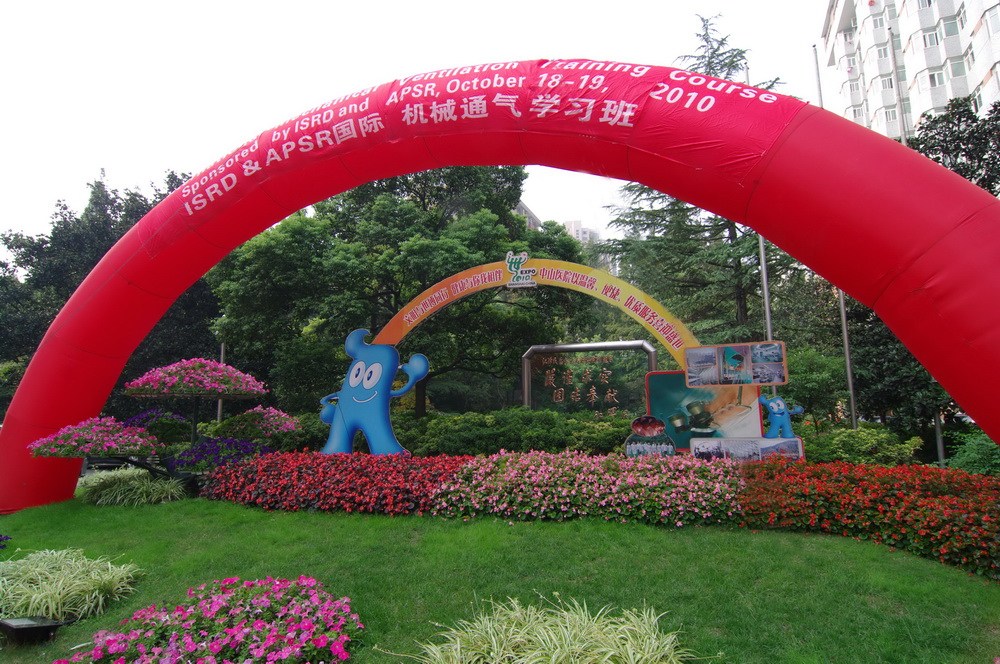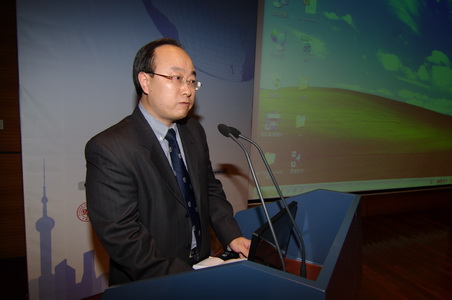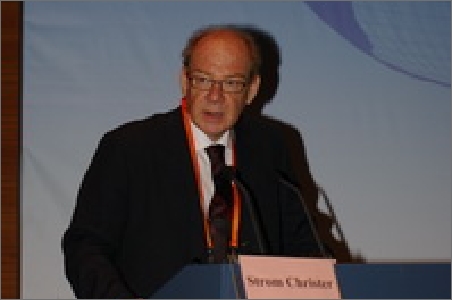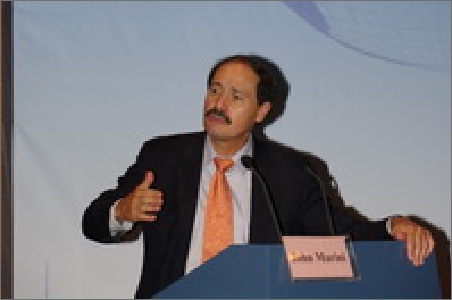
Education&ScienceAPSR ESAP
ESAP China 2010
Mechanical Ventilation Training
18-19 October 2010 Shanghai Zhongshan Hospital
This was a two-day post-graduate training course in mechanical ventilation featuring internationally renowned experts and held in conjunction with the 7th International Symposium on Respiratory Diseases (ISRD2010) in Shanghai, China. One-quarter of the 200 attendees were overseas delegates. This course aimed at improving participants’ understanding of the mechanisms of ventilator management in acute respiratory distress syndrome [ARDS] and chronic obstructive pulmonary disease [COPD].


Dr Zuoqin Yan, vice-president of Zhongshan Hospital, welcomed the overseas faculty warmly in his opening address and also highlighted the impressive line-up of Chinese speakers, and concluded with his hopes for the development of mechanical ventilation in the Asia-Pacific region.
Day 1
Dr Robert Kacmarek from Massachusetts General Hospital, Harvard Medical School, Boston, USA, reviewed fundamental principles of mechanical ventilation. He discussed the benefits of new modes of ventilation, and focusing on proportional assist ventilation (PAV) and neurally adjusted ventilator assist (NAVA), comparing advantages and disadvantages of each mode and appropriate clinical settings for each one. He briefly described various indications for mechanical ventilation. The primary principles, he iterated, are to avoid inducing further injury, insure patient-ventilatory synchrony, and maintain adequate gas exchange.
Dr Christer Ström, from Sweden, spoke on mechanical ventilators, focusing on the latest technologies and machines and how these can be utilized in various settings to obtain optimal outcomes. He highlighted how neural control is affected by ventilator settings. Electrical activity of the diaphragm (Edi) provides a guide for unloading a patient’s respiratory effort and the setting of positive end-expiratory pressure (PEEP). The NAVA method guarantees synchronous ventilator assistance and natural variability, while the patient controls the ventilator, tidal volume and respiratory rate.
Dr Jerry Yu, professor from University of Louisville, Kentucky, USA, presented on the physiological effects of mechanical ventilation.
Dr John Marini from the University of Minnesota, Minneapolis, USA, provided insights into ventilator management for patients with COPD. He covered ventilation of airflow obstruction, potential advances in care, and provided useful tips for weaning patients off mechanical ventilation.





Day 2
Dr Yuanlin Song from Zhongshan Hospital, Fudan University presented the mechanisms of ventilator-induced lung injury, outlining the complications of mechanical ventilation and possible prevention strategies. He also provided insights on monitoring during mechanical ventilation, and its importance in ensuring proper use of ventilation and oxygen, to enable proper nutrition to reduce complications and achieve successful weaning.
Dr Kacmarek spoke on how to achieve successful application of non-invasive positive pressure ventilation (NPPV). He compared bi-level pressure and ICU ventilators and discussed the importance of humidification.
Dr Bai delivered a comprehensive overview on conventional respirology support for patients with ARDS, highlighting important topics surrounding the use of mechanical ventilation.




The original programme was as follows:
| Monday (Oct 18th) |
ISRD 2010 Special Course: Modes of Mechanical Ventilation I |
| 0830 – 0930 | Introduction to Mechanical Ventilation Robert M Kacmarek, USA |
| 0930 – 1000 | How does the ventilator work? Ström Christer, Sweden |
| 1000 – 1100 | Physiologic effects of mechanical ventilation Jerry Yu, USA |
| 1100 – 1200 | Modes of mechanical ventilation Part 1 Robert M Kacmarek, USA |
| 1200 – 1300 | Lunch |
| 1300 – 1400 | Mechanisms of ventilator-induced lung injury Yuanlin Song, China |
| 1400 – 1500 | Modes of Mechanical Ventilation Part 2 Robert M Kacmarek, USA |
| 1500 – 1530 | How is neural control affected by the ventilator setting? Ström Christer, Sweden |
| 1530 – 1630 | Indication and initial settings for invasive mechanical ventilation Robert M Kacmarek, Sweden |
| 1630 – 1700 | Open lung mechanical ventilation Ström Christer, Sweden |
| Tuesday (Oct 19th) |
ISRD Special Course: Modes of Mechanical Ventilation II |
| 0830 – 0930 | Ventilator management for ARDS Chunxue Bai, China |
| 0930 – 1030 | NPPV Robert M Kacmarek, USA |
| 1030 – 1130 | Ventilator management for COPD John Marini, USA |
| 1130 – 1230 | Monitoring during mechanical Ventilation Yuanlin Song, China |
| 1230 – 1330 | Lunch |
| 1330 – 1430 | Adjunctive approaches to managing ARDS: Lung Recruitment, High Frequency ventilation, and prone positioning Robert M Kacmarek, USA |
| 1430 – 1530 | The use of ECMO for the management of ARDS John Marini, USA |
| 1530 – 1630 | Weaning Robert M Kacmarek, USA |
| 1630 – 1700 | Closure Discussion Chunxue Bai, China |
